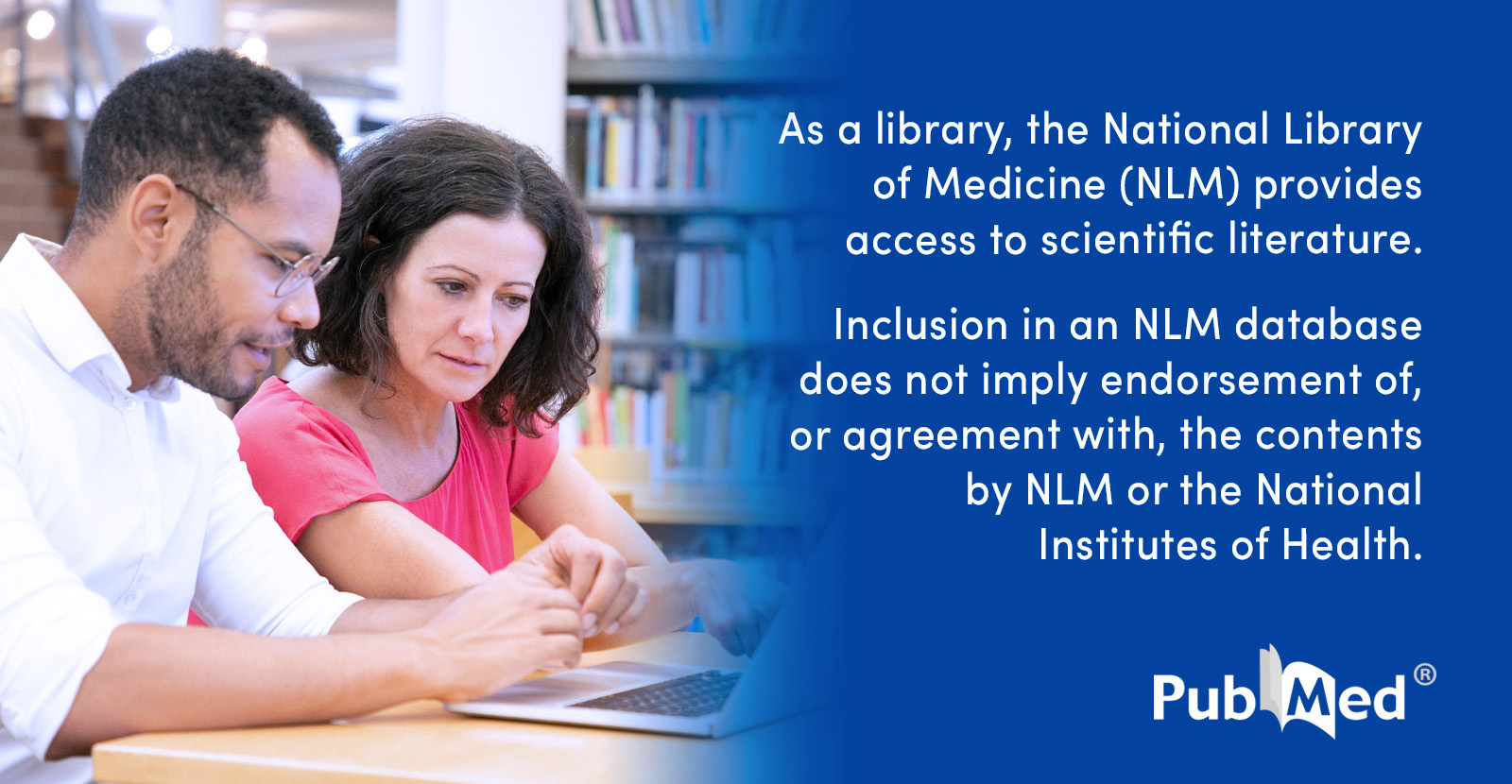3D Printing Patterns Might Make Ghost Guns More Traceable Than We Thought
-
This post did not contain any content.
-
This post did not contain any content.
It would be nice if you could post something where we can examine the source. (EDIT: the link has been changed since I wrote this)
I found this article: https://www.techspot.com/news/108720-hidden-fingerprints-inside-3d-printed-ghost-guns.html
There they say that it's not yet ready to be used in evidence, but the problem with that is that most forensic "science" is generally misapplied and nowhere near as conclusive as the police want us to think. They can usually massage the results to tell a jury what they want to be true. That would be my concern with this kind of technique.
Also, if you're going to the trouble of making a 3d printed ghost gun that will be used in a crime, you could always hide the toolmarks with a sander. You could also treat the surface with resin which would make the markings practically unrecoverable. I've started doing both of these for my prints and I love the results just for the aesthetics, so it's not such a stretch to imagine a gunsmith doing the same.
-
It would be nice if you could post something where we can examine the source. (EDIT: the link has been changed since I wrote this)
I found this article: https://www.techspot.com/news/108720-hidden-fingerprints-inside-3d-printed-ghost-guns.html
There they say that it's not yet ready to be used in evidence, but the problem with that is that most forensic "science" is generally misapplied and nowhere near as conclusive as the police want us to think. They can usually massage the results to tell a jury what they want to be true. That would be my concern with this kind of technique.
Also, if you're going to the trouble of making a 3d printed ghost gun that will be used in a crime, you could always hide the toolmarks with a sander. You could also treat the surface with resin which would make the markings practically unrecoverable. I've started doing both of these for my prints and I love the results just for the aesthetics, so it's not such a stretch to imagine a gunsmith doing the same.
There they say that it’s not yet ready to be used in evidence, but the problem with that is that most forensic “science” is generally misapplied and nowhere near as conclusive as the police want us to think.
This is such an important thing to remember. It's just like how a lot of hand-held breathalyzers are closed source, and when their source code is finally subjected to scrutiny (because you're supposed to be able to face your accuser, and the device is your accuser), it often doesn't meet basic required standards for things like error reporting or failsafes to prevent false positives.
Much of forensic "science" isn't exactly science as we understand it.
-
This post did not contain any content.
Kirk Garrison, a forensics expert who works for the San Bernardino Sheriff’s department, told 404 Media he’s had early success matching 3D printed objects to the machines that made them.
This is "bite evidence" all over again, isn't it? For those not familiar, cops swore in court they could match a perp's teeth to bite marks on victim's bodies.
They couldn't.
There were a lot of tainted court cases because of their junk science. I'm all for murderers going to prison but lets not use bullshit to lock up perhaps the wrong people.
-
This post did not contain any content.
I'm sure they'll have the "science" ready in time for Luigi's trial
-
This post did not contain any content.
Makes me wonder if there'd be any bits of dust, hair or other substances that could have been embedded in a printed object and might be used as evidence in a case.
-
This post did not contain any content.
Sherlock Homes' treatise on typewriters, 21st century edition.
-
This post did not contain any content.
Just based on the title, since I haven't read the article yet, that's quite unfortunate. I would want all of them to be practically identical, so there's no way to trace them at all.
Edit: After reading the article, I stand by my above statement. I still want them to be completely identical if at all possible.
-
This post did not contain any content.
Some good discussion from /c/3dprinting@lemmy.world about how it really isn’t as dependable/tracable as the article says:

3D Printing Patterns Might Make Ghost Guns More Traceable Than We Thought - Lemmy.World
> Early studies show that 3D printers may leave behind similar toolmarks on repeated prints.

(lemmy.world)
TLDR is 3D printing typically uses brass nozzles which wear down over time which will change marks left over time, your bed leveling can change over time, and the “fingerprints” the article talks about can be avoided by just printing in different positions/rotations on the bed.
-
Some good discussion from /c/3dprinting@lemmy.world about how it really isn’t as dependable/tracable as the article says:

3D Printing Patterns Might Make Ghost Guns More Traceable Than We Thought - Lemmy.World
> Early studies show that 3D printers may leave behind similar toolmarks on repeated prints.

(lemmy.world)
TLDR is 3D printing typically uses brass nozzles which wear down over time which will change marks left over time, your bed leveling can change over time, and the “fingerprints” the article talks about can be avoided by just printing in different positions/rotations on the bed.
Show me 20 people with 3D printers and I'll show you 20 people with a bunch of spare nozzles on hand.
-
Kirk Garrison, a forensics expert who works for the San Bernardino Sheriff’s department, told 404 Media he’s had early success matching 3D printed objects to the machines that made them.
This is "bite evidence" all over again, isn't it? For those not familiar, cops swore in court they could match a perp's teeth to bite marks on victim's bodies.
They couldn't.
There were a lot of tainted court cases because of their junk science. I'm all for murderers going to prison but lets not use bullshit to lock up perhaps the wrong people.
If there is a demand for a forensic capability, there's someone willing to sell it to a police department (and a jury).
-
It would be nice if you could post something where we can examine the source. (EDIT: the link has been changed since I wrote this)
I found this article: https://www.techspot.com/news/108720-hidden-fingerprints-inside-3d-printed-ghost-guns.html
There they say that it's not yet ready to be used in evidence, but the problem with that is that most forensic "science" is generally misapplied and nowhere near as conclusive as the police want us to think. They can usually massage the results to tell a jury what they want to be true. That would be my concern with this kind of technique.
Also, if you're going to the trouble of making a 3d printed ghost gun that will be used in a crime, you could always hide the toolmarks with a sander. You could also treat the surface with resin which would make the markings practically unrecoverable. I've started doing both of these for my prints and I love the results just for the aesthetics, so it's not such a stretch to imagine a gunsmith doing the same.
Not only that, but I would rather see all of this energy being applied to the problem of traditionally manufactured guns and the deaths they cause. Which is a huge problem, while this is a blip on the radar so far.
-
Kirk Garrison, a forensics expert who works for the San Bernardino Sheriff’s department, told 404 Media he’s had early success matching 3D printed objects to the machines that made them.
This is "bite evidence" all over again, isn't it? For those not familiar, cops swore in court they could match a perp's teeth to bite marks on victim's bodies.
They couldn't.
There were a lot of tainted court cases because of their junk science. I'm all for murderers going to prison but lets not use bullshit to lock up perhaps the wrong people.
So much of forensics is bullshit or not quite as accurate as it's portrayed to the public. People are already primed to accept information from people with titles/degrees and copaganda television cements that trust in these "experts."
-
There they say that it’s not yet ready to be used in evidence, but the problem with that is that most forensic “science” is generally misapplied and nowhere near as conclusive as the police want us to think.
This is such an important thing to remember. It's just like how a lot of hand-held breathalyzers are closed source, and when their source code is finally subjected to scrutiny (because you're supposed to be able to face your accuser, and the device is your accuser), it often doesn't meet basic required standards for things like error reporting or failsafes to prevent false positives.
Much of forensic "science" isn't exactly science as we understand it.
Yup, Behind the Bastards did an excellent two parter on forensic science in general:
https://www.iheart.com/podcast/105-behind-the-bastards-29236323/episode/part-one-the-bastards-of-forensic-170035753/
https://www.iheart.com/podcast/105-behind-the-bastards-29236323/episode/part-two-the-bastards-of-forensic-170702749/They make a good point that real science is involved, but by the time it makes it into the police's hands it's mutated into essentially a mechanism to manufacture convictions. Grifters get hold of the science, and cops are like the perfect marks, because they're just primed for anything that will confirm their existing biases, plus they've got massive state budgets to play with, and they'll happily give the grifters legitimacy.
-
This post did not contain any content.
So throw the gun in the river afterwards, just like always?
-
Show me 20 people with 3D printers and I'll show you 20 people with a bunch of spare nozzles on hand.
Show me 20 people with 3d printers and I’ll show you 20 other people with 3d printers that match the fingerprints of the first 20.
This isn’t like paper printers where companies were forced by the government to encode the serial numbers of the printer into every piece of paper that comes out. There’s no way you could hide identifying information in molten plastic like that.
-
So throw the gun in the river afterwards, just like always?
Or burn it
-
This post did not contain any content.
You would have better luck figuring out the chemical composition of the material then tracking all sales of said material. Still would be next to impossible but that's a more likely means of identifying someone than the printer itself.
-
This post did not contain any content.
From the article:
"Garrison said his comments represent his own views and not those of the San Bernardino Sheriff’s department. He also cautioned that what he’s doing is in its infancy and it might be years before authorities can reliably match a gun to the machine that made it, if they can do it at all."
At best it's a lead which a good investigator would use to find other leads. It's extremely far fetched one but better than nothing. It's good that he noted this can't really be used to convict in a criminal trial. At worst, which is my concern, lazy investigators just saying "the computer is right" and getting the wrong person. The lazy investigator scenario happens a lot with shitty technology portrayed as CSI bullshit, especially when these garbage companies tack "AI" on to it.
-
This post did not contain any content.
Use a different print head, sections of print bed, or just entirely new print beds and you defeat this 'tracing'
-
-
-
Australian anti-porn group claims responsibility for Steam's new censorship rules in victory against 'porn sick brain rotted pedo gamer fetishists', and things only get weirder from there
Technology 1
1
-
-
The female TikTokers silenced through murder: Women influencers around the world are killed for simply speaking online
Technology 1
1
-
-
-





